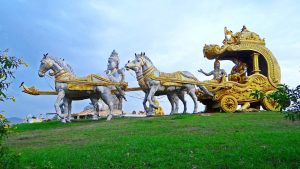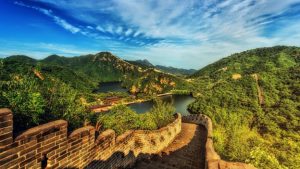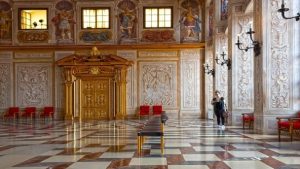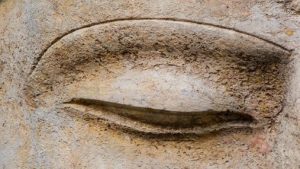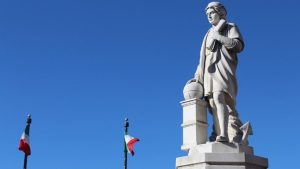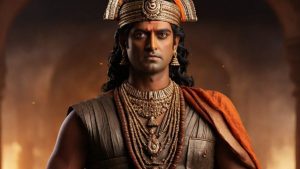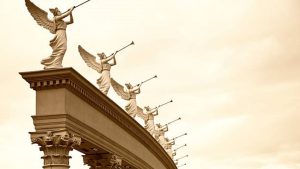Ice Mummies: The Siberian Ice Maiden’s Discovery Reveals Much About Archaeology
The 1993 discovery of the Siberian Ice Maiden helps to solve the mysteries surrounding the prehistoric Pazyryk culture. She reveals elaborate burial customs, symbolic tattoos, and intricate textiles that have been preserved for 2,500 years in the frozen Altai Mountains. An unparalleled window into the customs, beliefs, and social structures of a bygone era is offered by this archaeological marvel. An invaluable and captivating discovery in the annals of archaeology, the Siberian Ice Maiden captures not only the physical remnants but also a vivid snapshot of a civilization's spiritual connection with its environment thanks to the frozen landscape.


